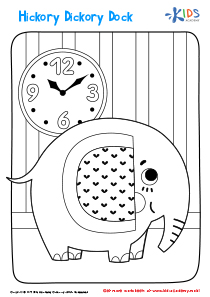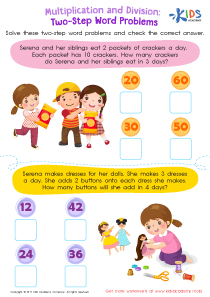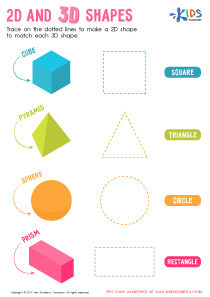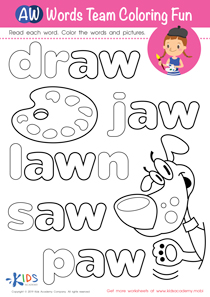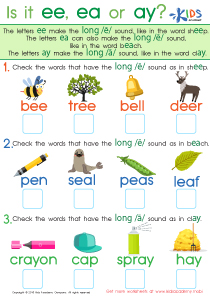Arts Lessons | Drawing and Counting, Grade 2
0 results
Introducing our exciting Drawing and Counting Lessons for children in Grade 2! Our comprehensive lessons include interactive worksheets that engage young learners to hone their drawing and counting skills. In addition, we also offer educational videos and assessment quizzes to ensure that your child's progress is tracked and monitored. Our team of experienced educators designed these lessons to be engaging, fun, and effective. With these lessons, your child will develop important cognitive skills such as problem-solving, hand-eye coordination, and creativity. Enroll in our Drawing and Counting Lessons today and watch your child blossom into a confident and proficient learner!
Drawing and counting lessons are essential for the development of young children, especially those in grade 2. These lessons provide interactive worksheets, educational videos, and assessment quizzes that are designed to help kids improve their drawing and counting skills. While some may see these activities as simply fun and games, they can actually be very helpful to children in their studies.
The primary benefit of drawing and counting lessons is that they provide children with the foundational skills they need to excel in other subject areas. This is especially true in subjects like math, where the ability to count, comprehend numbers, and understand basic operations is essential. By teaching children to draw and count at an early age, educators are helping to set them on a path towards academic success.
Furthermore, drawing and counting lessons can boost a child's confidence and self-esteem. Children who struggle with drawing or counting may feel frustrated or embarrassed in the classroom, which can create a negative feedback loop that hinders their progress. By providing these children with supportive learning materials, educators can help boost their confidence and give them a sense of accomplishment that spills over into other areas of their lives.
The interactive nature of these lessons also ensures that children stay engaged and interested in the material. Rather than passively absorbing information, children are encouraged to get involved by completing worksheets, solving problems, and participating in quizzes. This hands-on approach not only helps children retain the information, but it also makes learning more enjoyable and rewarding.
Finally, drawing and counting lessons can be tailored to suit the individual needs of each child. While some children may excel at drawing and counting, others may struggle and require additional support. By providing customizable materials that can be adapted to different learning styles and abilities, educators can ensure that every child receives the support they need to succeed.
In conclusion, drawing and counting lessons are an essential part of any child's education, especially those in grade 2. By providing children with interactive worksheets, educational videos, and assessment quizzes, educators are helping to set them on a path towards academic success. These lessons also boost children's confidence, keep them engaged and interested in the material, and can be tailored to suit the needs of each individual child. Ultimately, the skills learned in these lessons will help children succeed not only in the classroom but also in their future education and careers.
